Beside a pavilion at a leisure square in a residential community in Akto county, Kizilsu Kirgiz Autonomous Prefecture, northwest China’s Xinjiang Uygur Autonomous Region, people of the Kirgiz ethnic group were dancing to the music played with a traditional Kirgiz stringed instrument.
The residential community, which has neatly arranged residential buildings, wide and flat roads, exuberant trees and blooming flowers, is named the Kunlun Jiayuan residential community. It is the largest relocation site built for poverty alleviation in Akto county, Kizilsu Kirgiz Autonomous Prefecture.
Between 2017 and 2019, 6,880 people from 1,660 households in five administrative villages of Qarlung township, Akto county, as well as some residents from the surrounding villages, moved into the community and started a new life there.
“Many of my fellow villagers haven’t been to the county seat their whole life,” said Ghopur Seyit, a 78-year-old resident of the community.
He used to live in a village situated 150 kilometers from the office building of the Qarlung township government, which was located more than 200 kilometers from the county seat of Akto county, according to the elderly villager.
In the past, he needed to prepare solid food for at least 10 days for a journey from his home to the county seat, while now he can reach the county seat in about 20 minutes by bus, he noted, adding that he has found that the community where he lives now is just as good as the residential communities in the county seat.
Located on China’s western border and the eastern foot of the Pamir Plateau, Kizilsu Kirgiz Autonomous Prefecture has been called “a prefecture with over 10,000 mountains.” More than 90 percent of the areas in the prefecture are mountainous areas, and 93 percent of the population living in the prefecture are people of ethnic minority groups, including the Kirgiz ethnic group and the Uygur ethnic group. It was once also the main battlefield for Xinjiang’s poverty alleviation efforts.
Over the past years, Kizilsu Kirgiz Autonomous Prefecture has spent 820 million yuan (about $122.26 million) building nine centralized relocation sites for 13,855 people from 3,168 families living in deep mountains and desert areas, achieving a historic leap in the productive efforts and lives of these people who have suffered from harsh natural conditions while being plagued by poverty.
“Villagers say that the relocation has brought improvements in their life that could have otherwise taken them several decades to achieve,” said Meryemgul, deputy secretary of the Communist Party of China (CPC) Qarlung township committee.
Before the relocation, villagers lived in houses made of stones and mud in a place surrounded by mountains, where there was no sufficient arable land, grassland, or decent roads, Meryemgul said.
They drank water from the river and walked on rugged mountain roads, while nowadays every family lives in a brand new building with a stable supply of water, electricity, natural gas, and broadband Internet services, she said, noting that a school, health service center and activity center are located right near their homes.
In addition to creating a better living environment for the villagers, the local governments have also taken multiple measures to help the relocated people secure a stable source of income for their livelihoods, turning them from herdspeople into new-type professional farmers.
In 2017, the Qarlung township government provided a vegetable greenhouse for each of the relocated households, offered growers free seedlings, seeds, fertilizers, and invited experts to provide guidance and training as well as professional growers from other places to demonstrate relevant procedures for the benefit of local people.
“People in my hometown have raised livestock for a living for generations. We had never heard of a greenhouse before moving here, let alone growing vegetables with it,” said Sulayman Ismayil, a 39-year-old resident of the Kunlun Jiayuan residential community, who was one of the first relocated villagers in Qarlung township to grow greenhouse vegetables.
Sulayman Ismayil earned a net profit of 15,000 yuan from the greenhouse run by his family in the first year. After getting a taste for the sweetness of the business, he and his wife started to rent greenhouses from other families. Now the couple have five greenhouses. They have used three of them to grow melons, cucumbers, and tomatoes, respectively, and the remaining two for cowpeas. Last year, the greenhouses brought them an annual net income of more than 50,000 yuan.
More and more relocated residents in the locality have become professional greenhouse vegetable growers like Sulayman Ismayil. At present, there are 2,012 vegetable greenhouses located near the Kunlun Jiayuan residential community, with each of them covering an area of 0.7 mu (one mu equals about 666.67 square meters) and each being able to generate an annual income of more than 10,000 yuan.
Akto county has also established a company to help sell the vegetables grown by local residents. The company has forged a stable cooperative relationship with local vegetable growers, saving them from worrying about the sale of their vegetables.




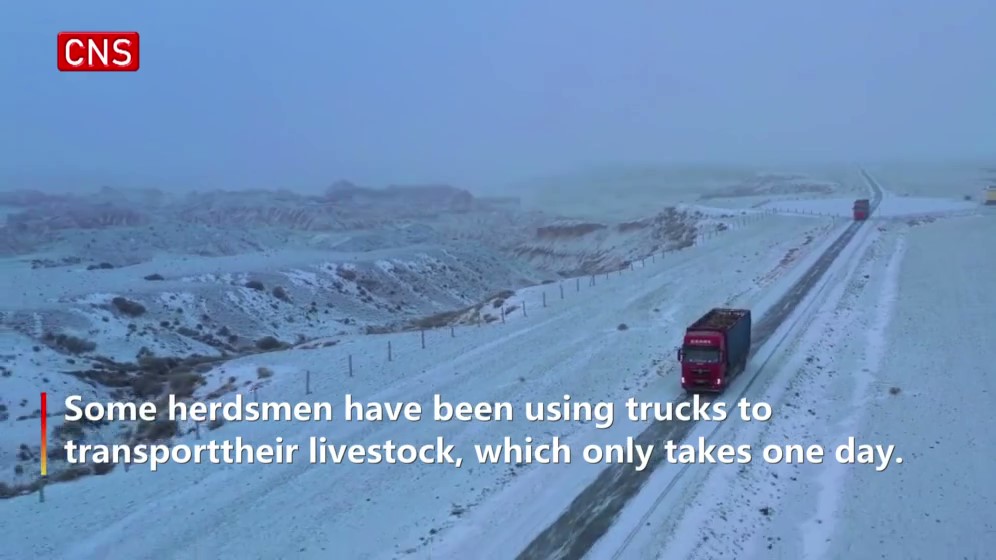









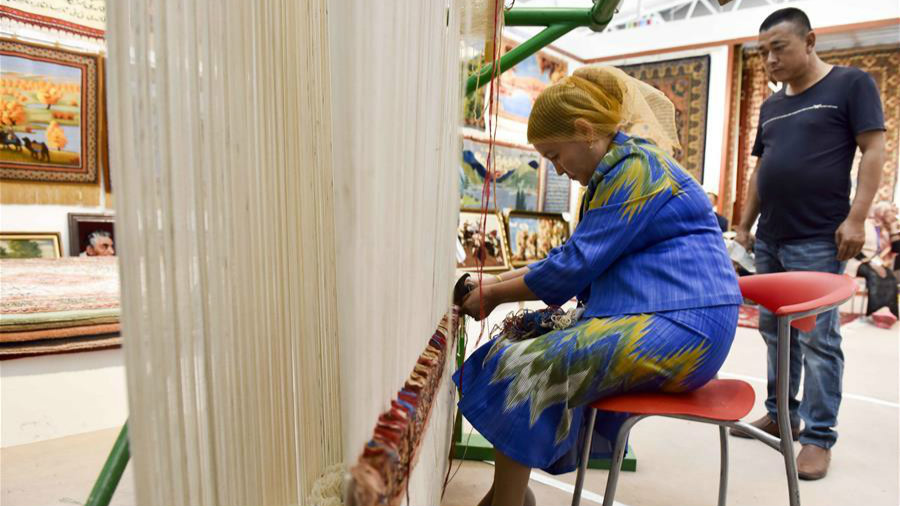
.jpg)






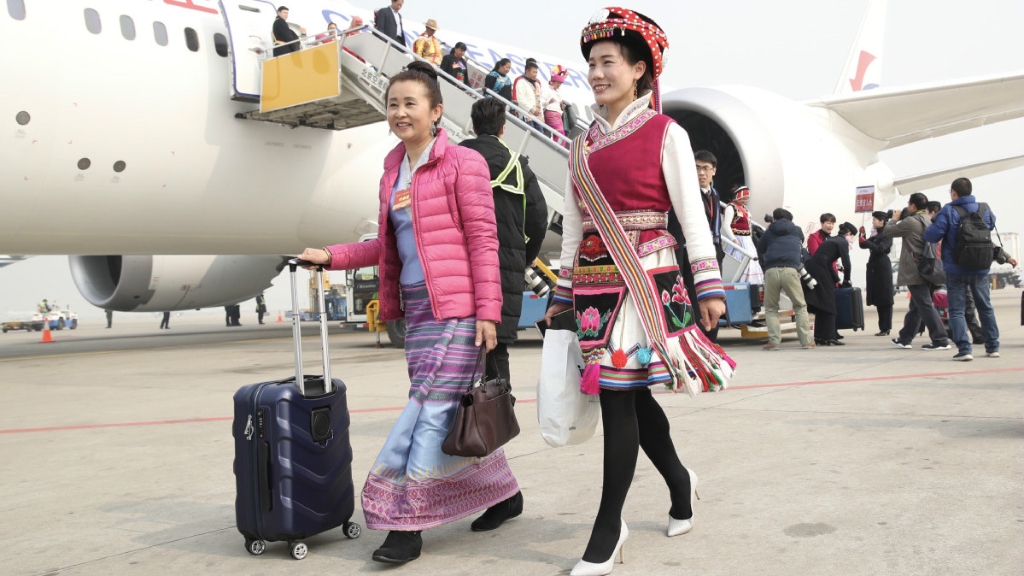
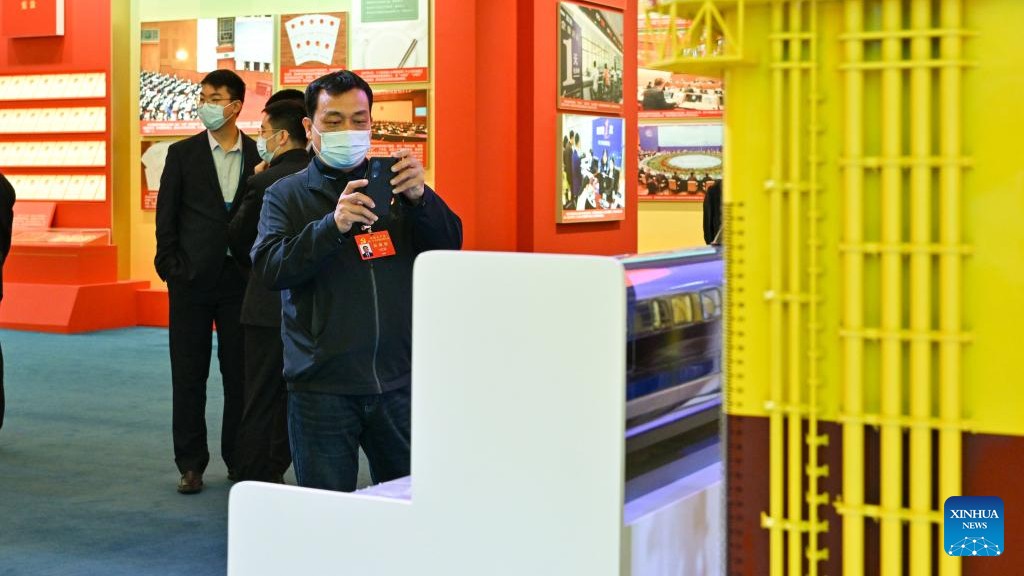
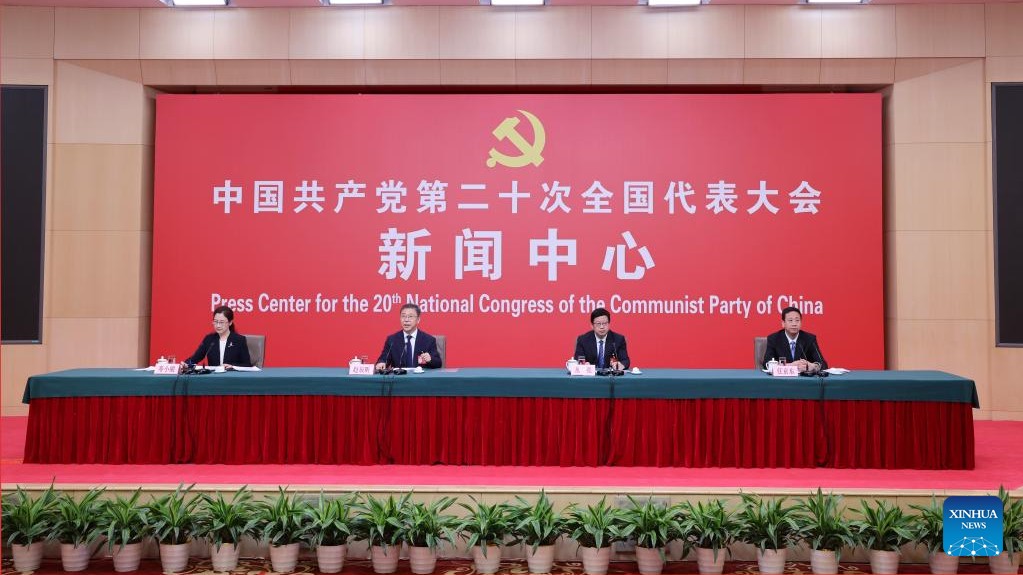
.jpg)


